Saree Draping Styles in India: A Comprehensive Guide
 A saree is a versatile and timeless piece of clothing that has been a staple in Indian culture for centuries. It is a long piece of cloth, usually around six yards, that is wrapped around the body and draped in a specific style. Sarees come in a variety of materials, colors, and patterns, and each region in India has its own unique draping style. In this article, we will take a look at some of the most popular saree draping styles in India.
A saree is a versatile and timeless piece of clothing that has been a staple in Indian culture for centuries. It is a long piece of cloth, usually around six yards, that is wrapped around the body and draped in a specific style. Sarees come in a variety of materials, colors, and patterns, and each region in India has its own unique draping style. In this article, we will take a look at some of the most popular saree draping styles in India.
- Nivi Style
The Nivi style is the most common and widely recognized draping style in India. It originated in Andhra Pradesh and is the standard style in which sarees are worn in most parts of India. In this style, the saree is wrapped around the waist, with one end of the fabric tucked into the waistband and the other end draped over the shoulder. The pleats are then formed in the front and tucked into the waistband.
- Gujarati Style
The Gujarati style of saree draping is popular in the state of Gujarat. In this style, the saree is first wrapped around the waist and then a long pleat is created in the front and tucked into the waistband. The remaining fabric is then draped over the shoulder, with one end falling to the front and the other end to the back. This style is usually paired with a long blouse that covers the midriff and a long scarf that covers the head.
- Maharashtrian Style
The Maharashtrian style of saree draping is popular in the state of Maharashtra. In this style, the saree is first wrapped around the waist and then a long pleat is created in the front and tucked into the waistband. The remaining fabric is then draped over the shoulder, with one end falling to the front and the other end to the back. The distinctive feature of this style is the use of a nine-yard saree, which is draped in a way that covers the entire body, including the head.
- Bengali Style
The Bengali style of saree draping is popular in the state of West Bengal. In this style, the saree is first wrapped around the waist and then a long pleat is created in the front and tucked into the waistband. The remaining fabric is then draped over the shoulder and a Pallu, a large piece of fabric that covers the head and upper body, is created and draped over the head.
- Kaccha Nivi Style
The Kaccha Nivi style is a variation of the Nivi style that is popular in the South Indian states of Andhra Pradesh and Telangana. In this style, the saree is wrapped around the waist and the end is tucked into the waistband, but instead of forming pleats in the front, the remaining fabric is wrapped around the legs and tucked into the waistband.
- Tamilian Style
The Tamilian style of saree draping is popular in the state of Tamil Nadu. In this style, the saree is wrapped around the waist and the end is tucked into the waistband. The remaining fabric is then draped over the shoulder, with one end falling to the front and the other end to the back. The Pallu, a large piece of fabric that covers the head and upper body, is created and draped over the head.
- Odissi Style
The Odissi style of saree draping is popular in the state of Odisha. In this style,the saree is wrapped around the waist and then draped over the shoulder, with one end of the fabric falling to the front and the other end to the back. The Pallu, a large piece of fabric, is draped over the head and draped in a way that covers the upper body. This style is characterized by its use of a distinctive knot, known as the "Odissi knot," which is created by tucking one end of the Pallu into the waistband and leaving the other end hanging loose.



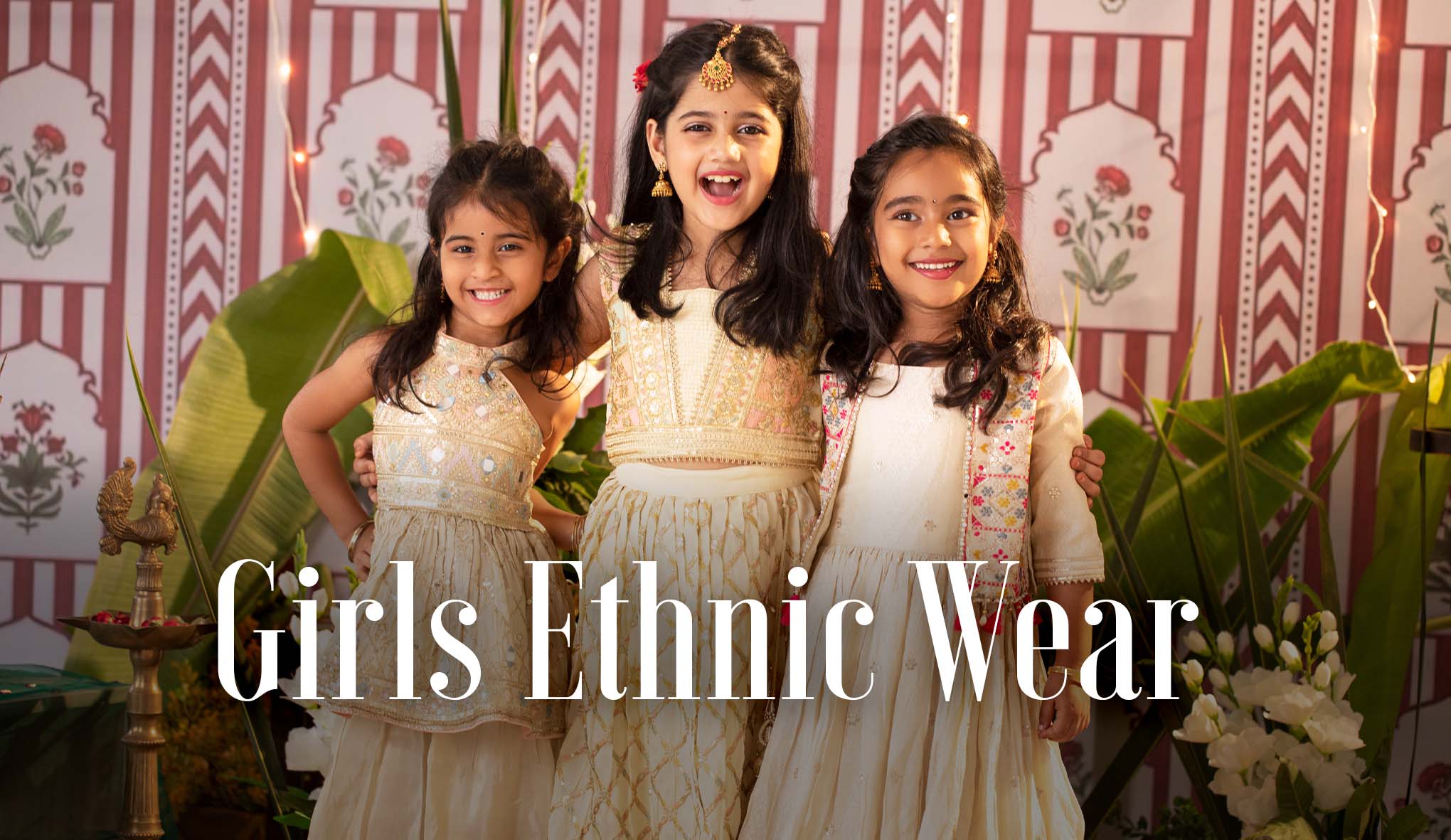
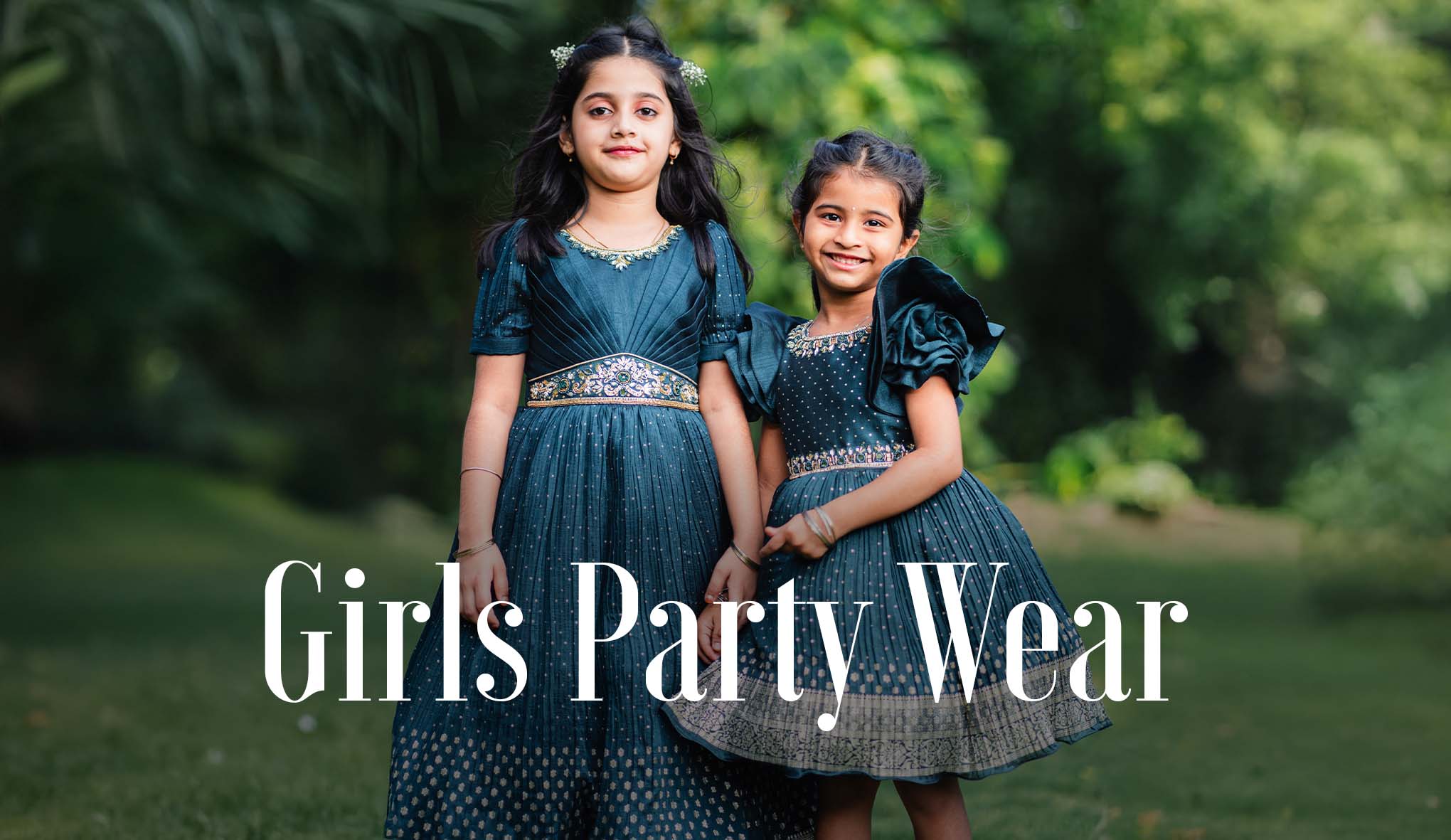
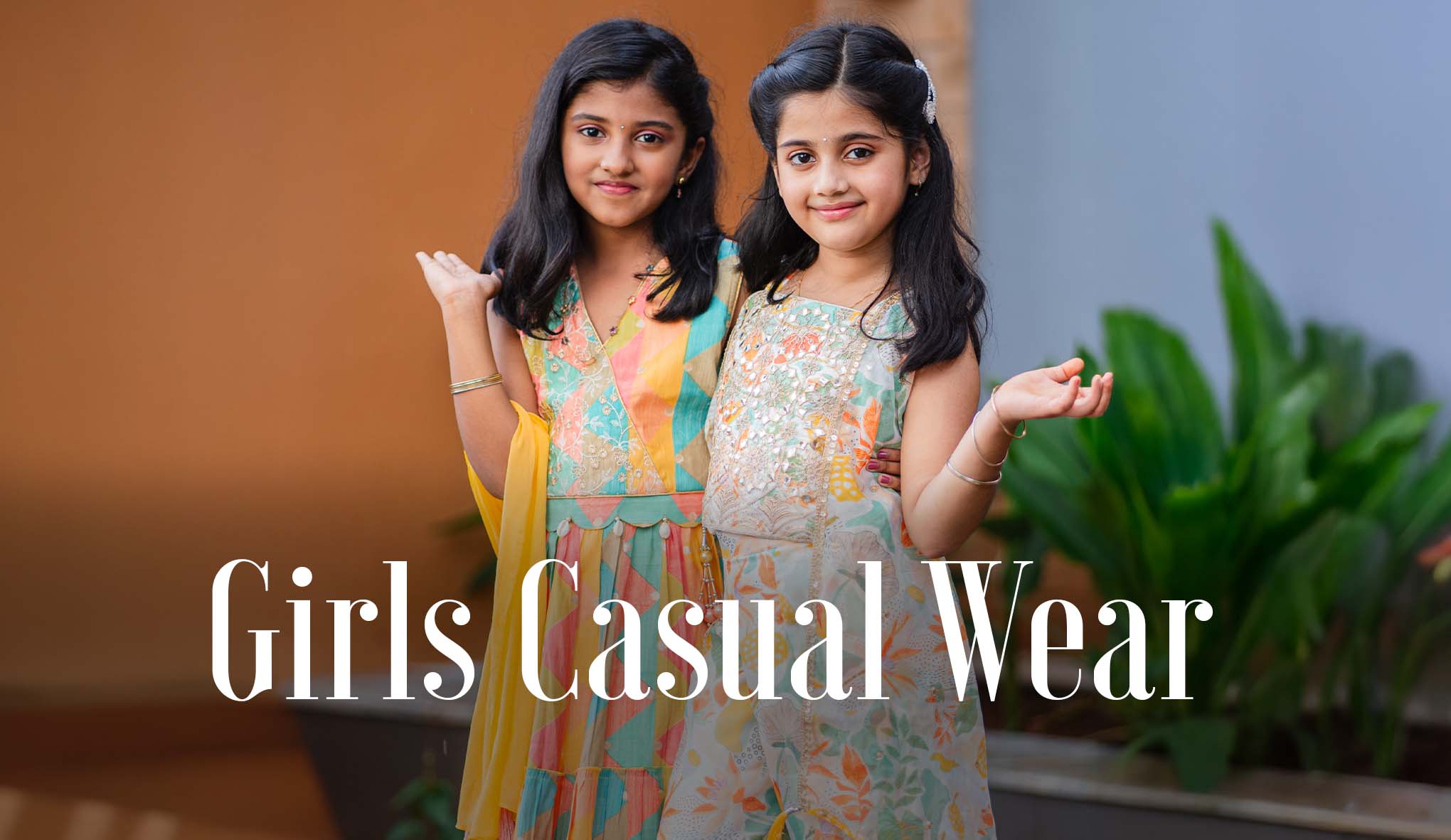
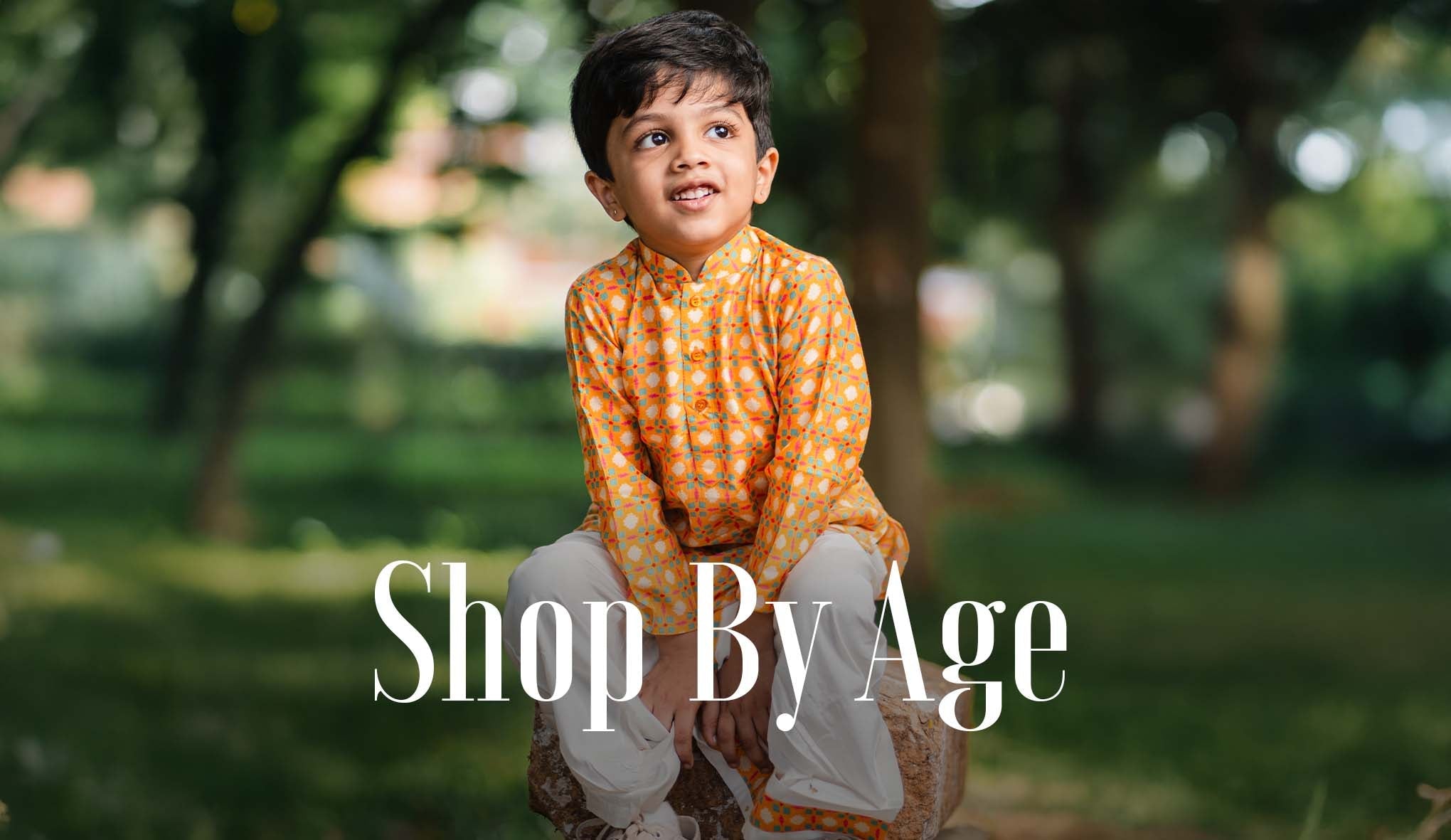
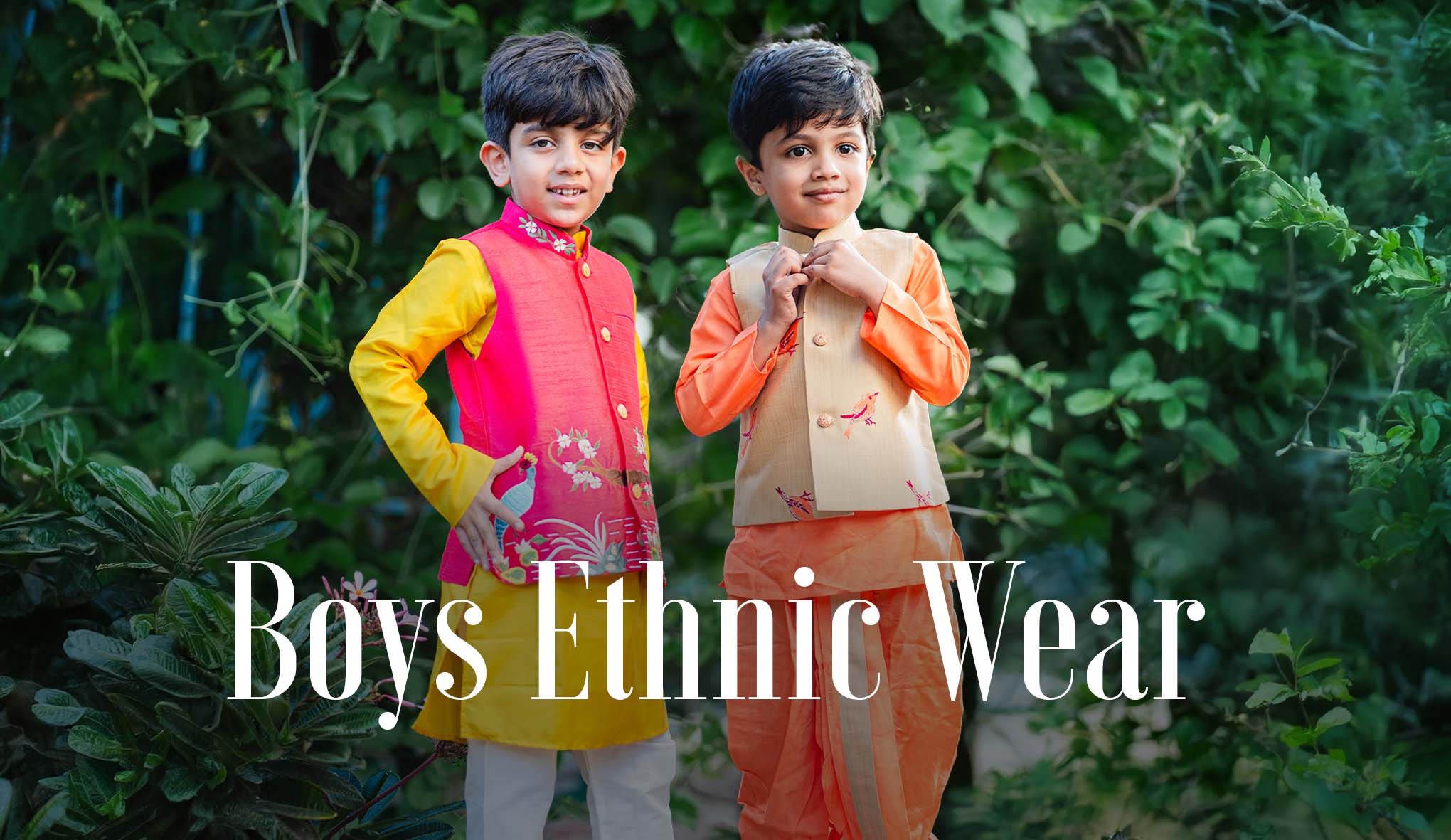
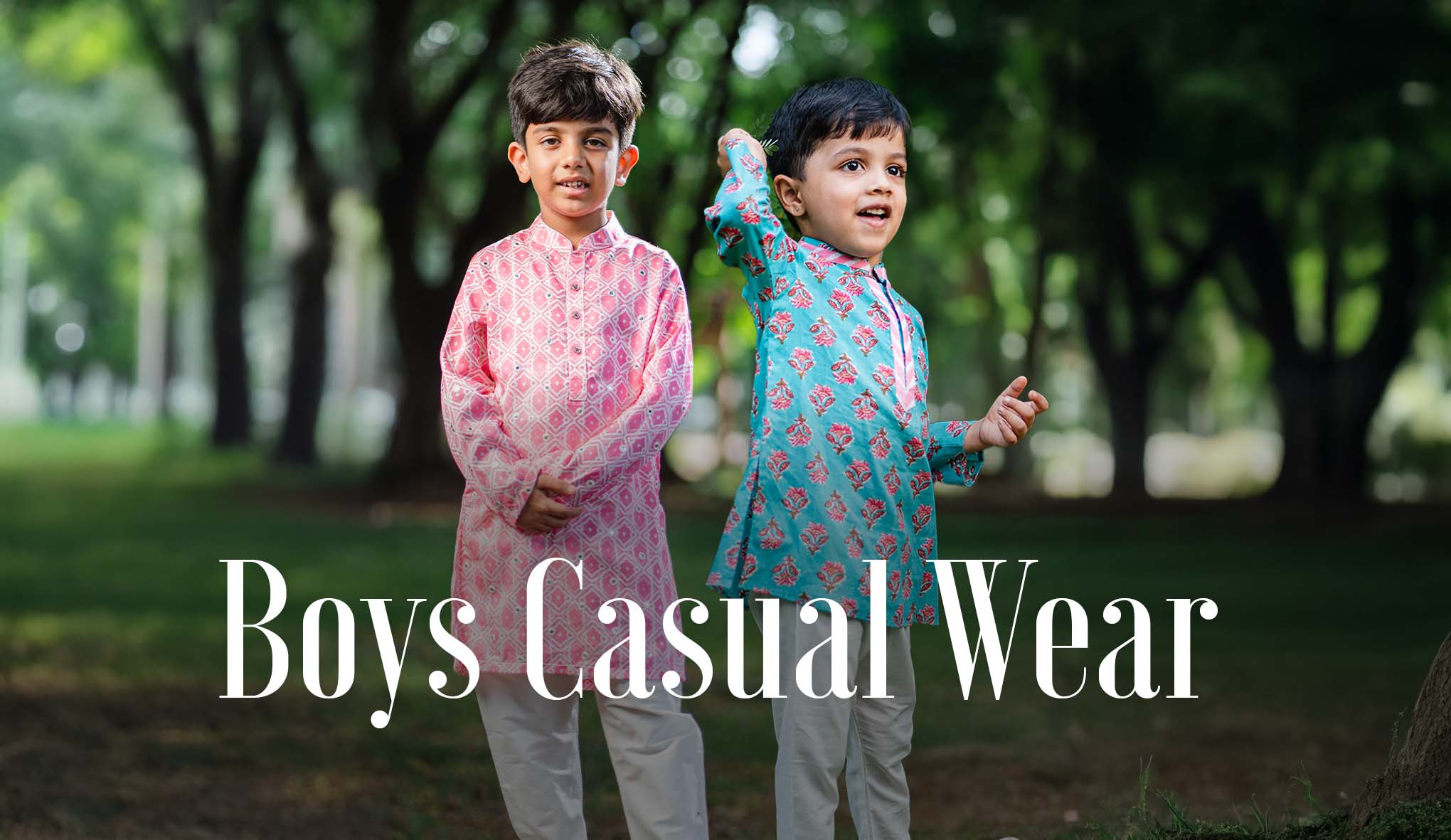

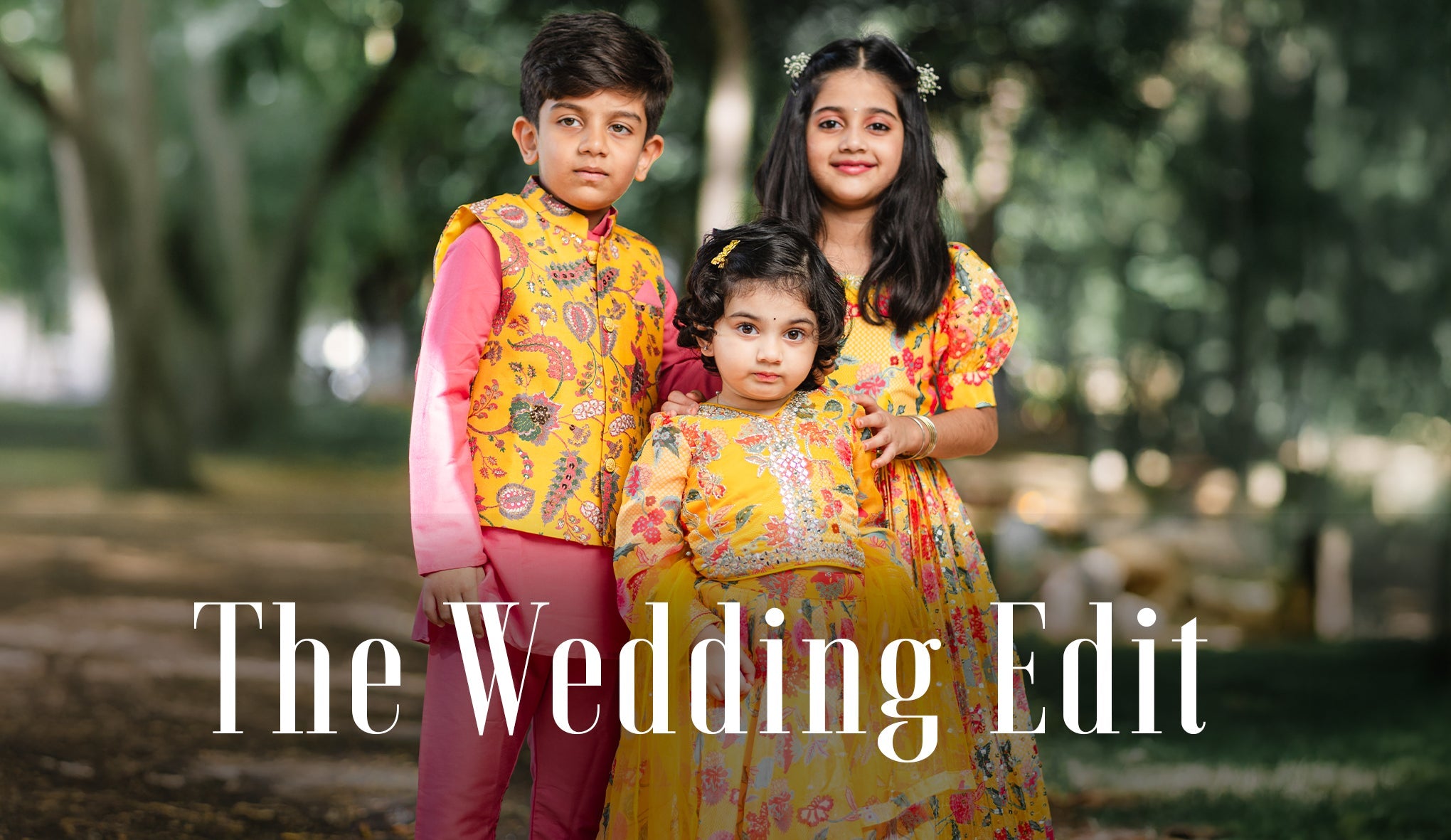
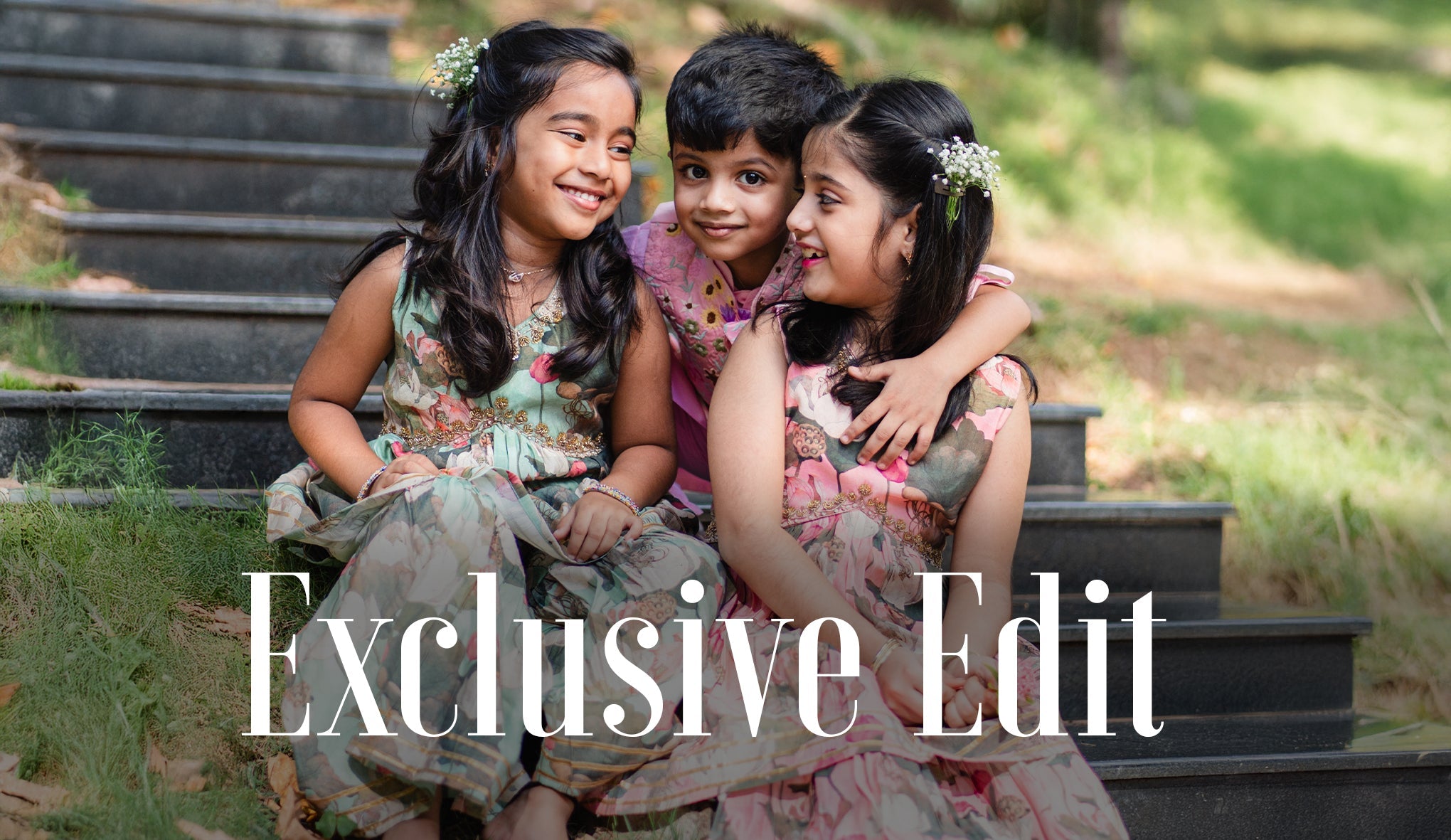
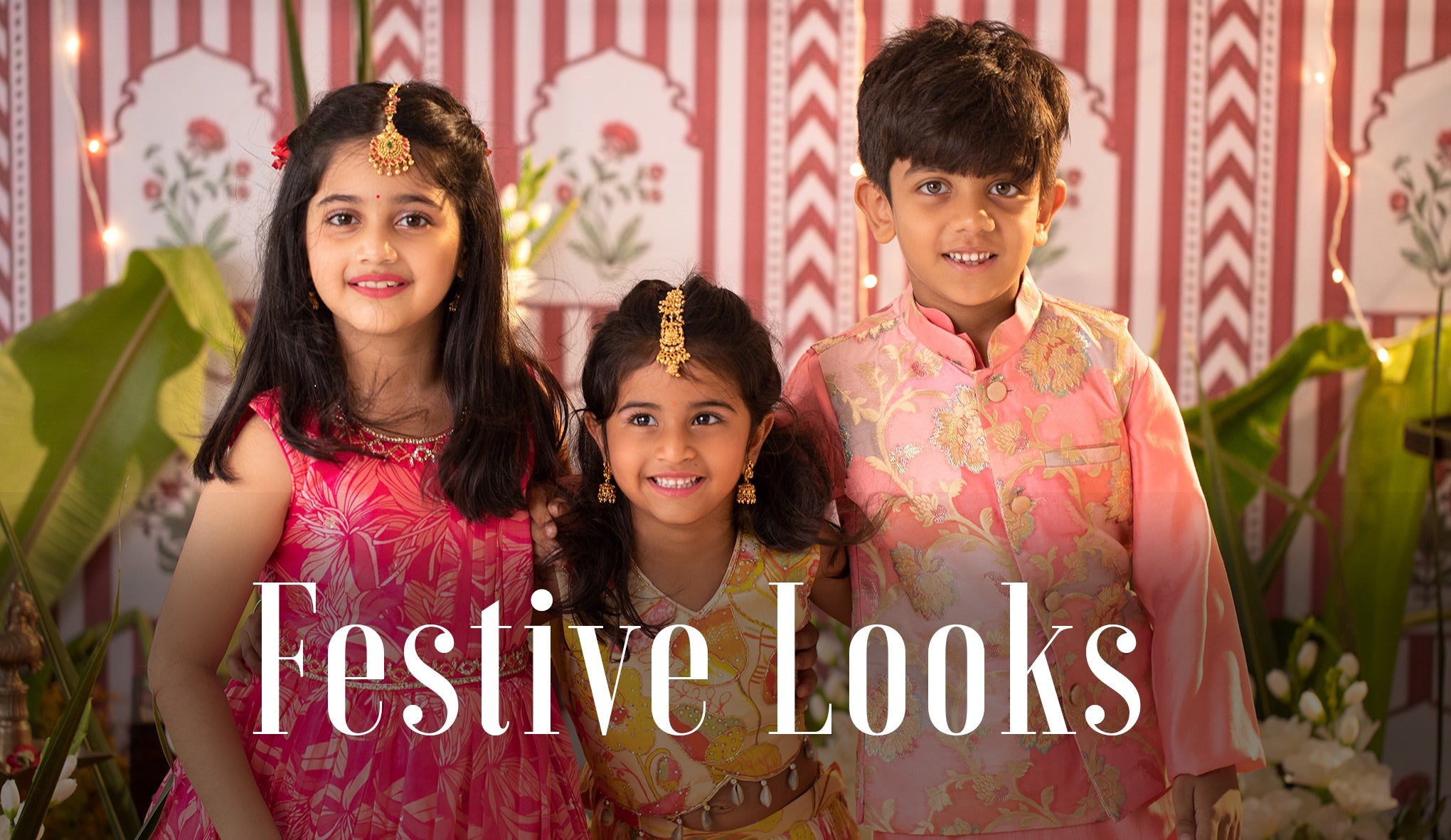
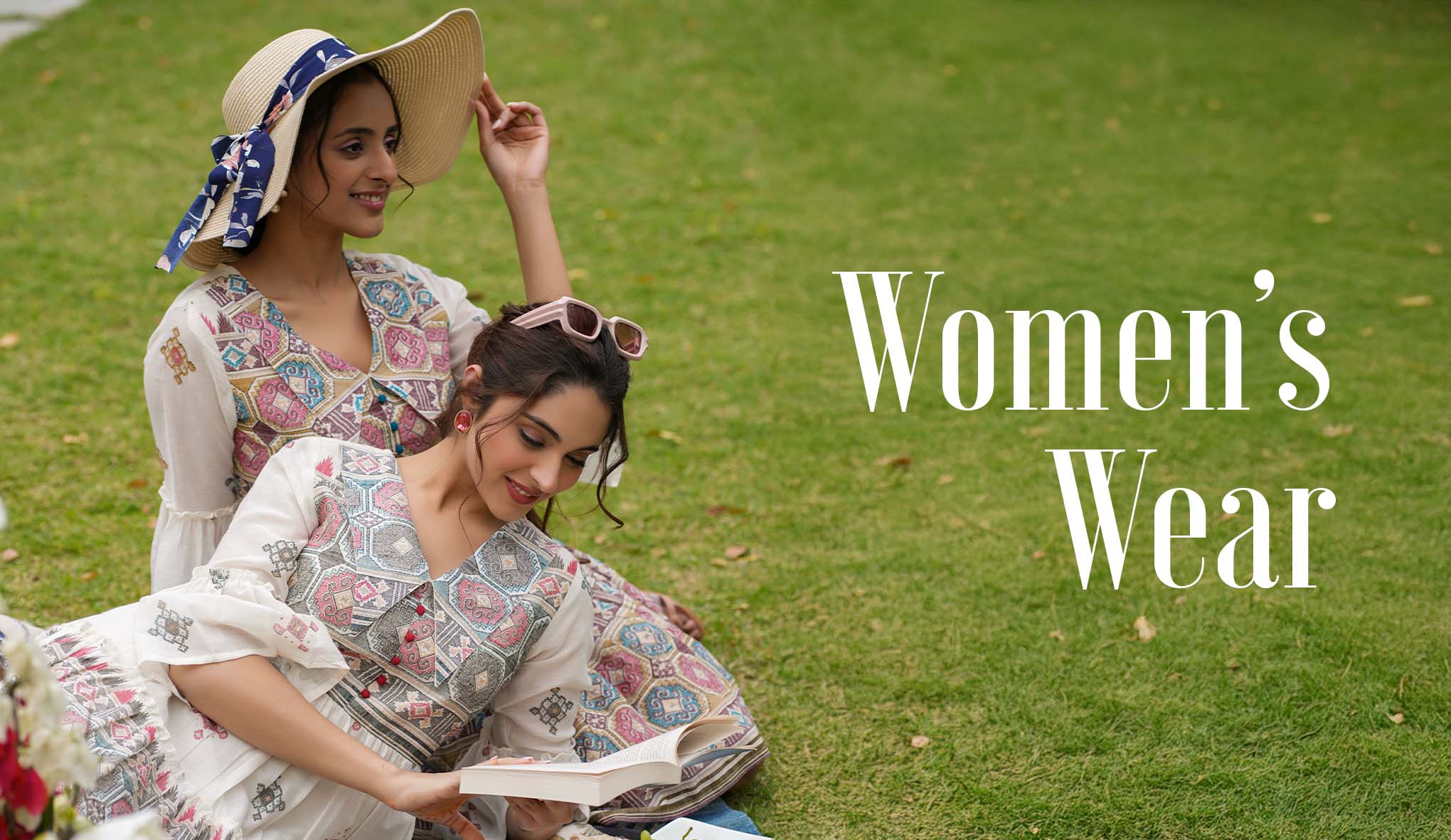
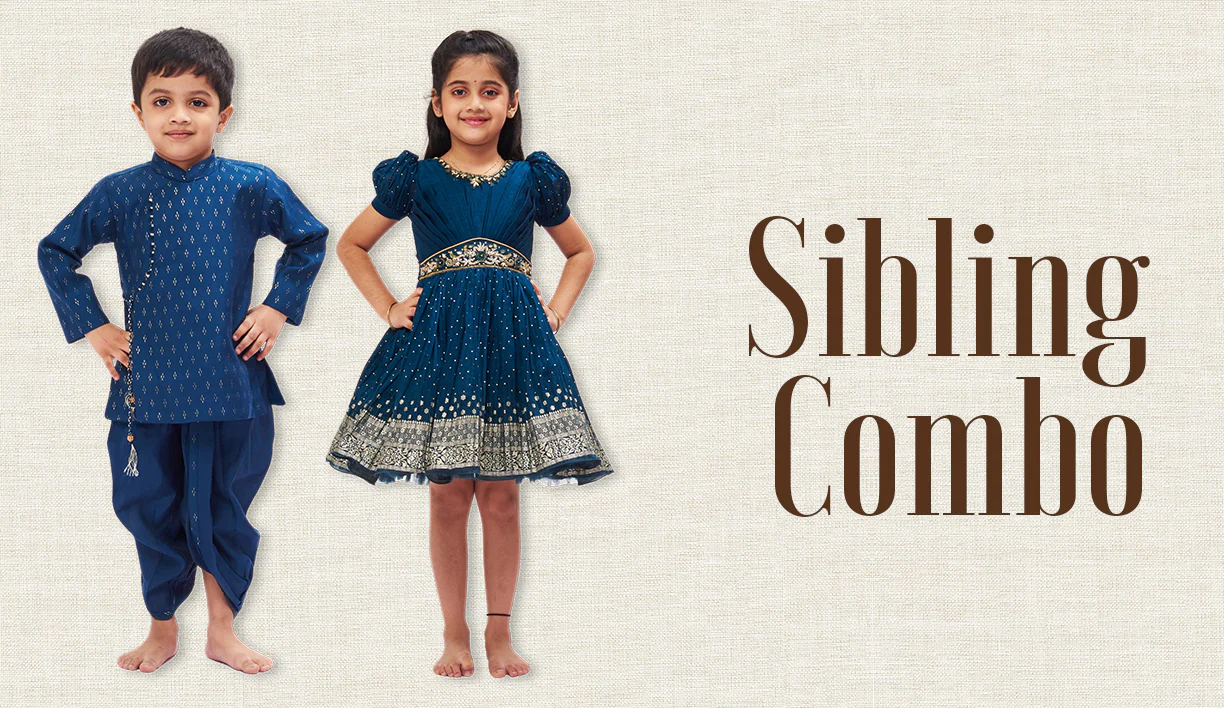
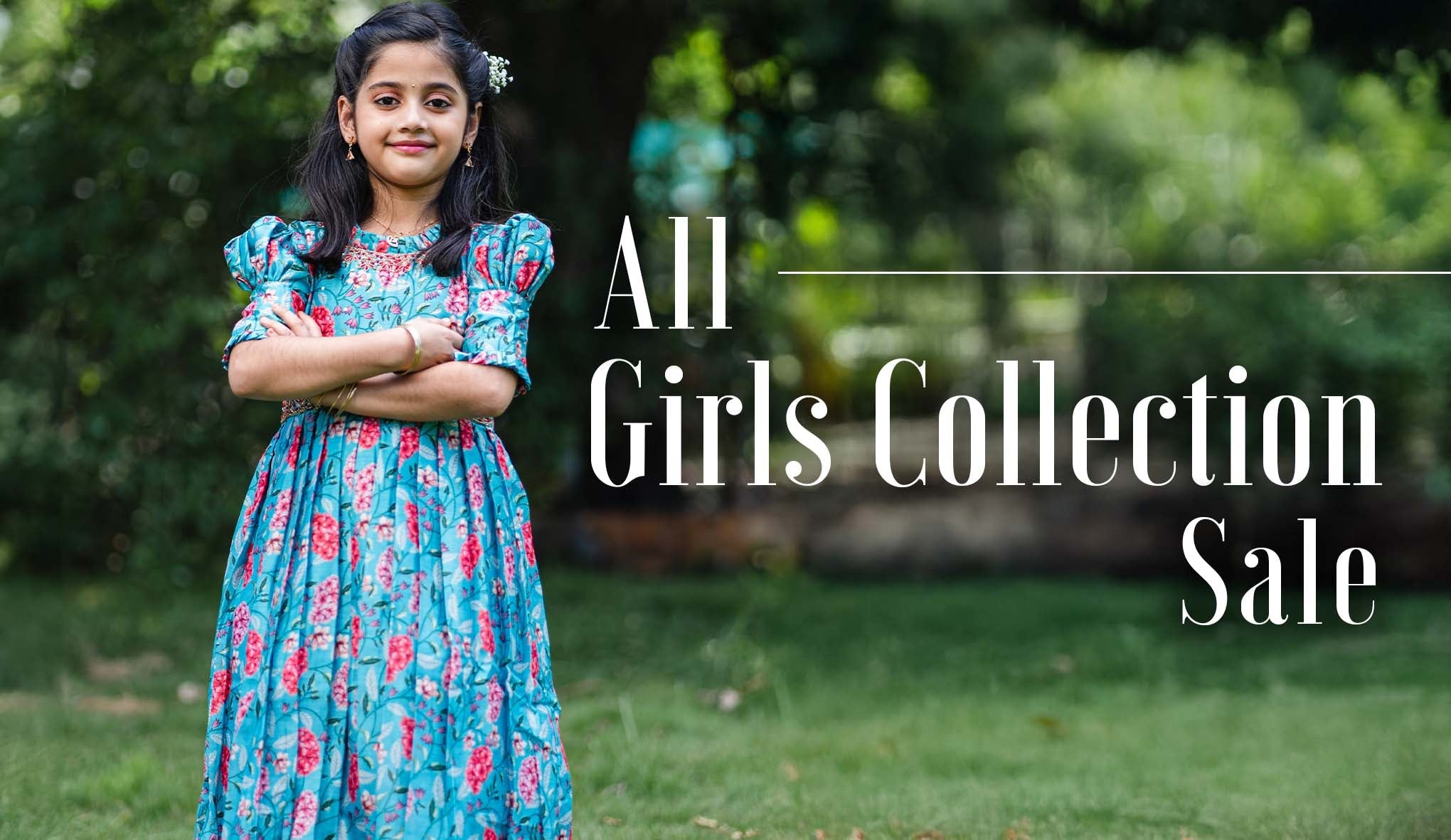

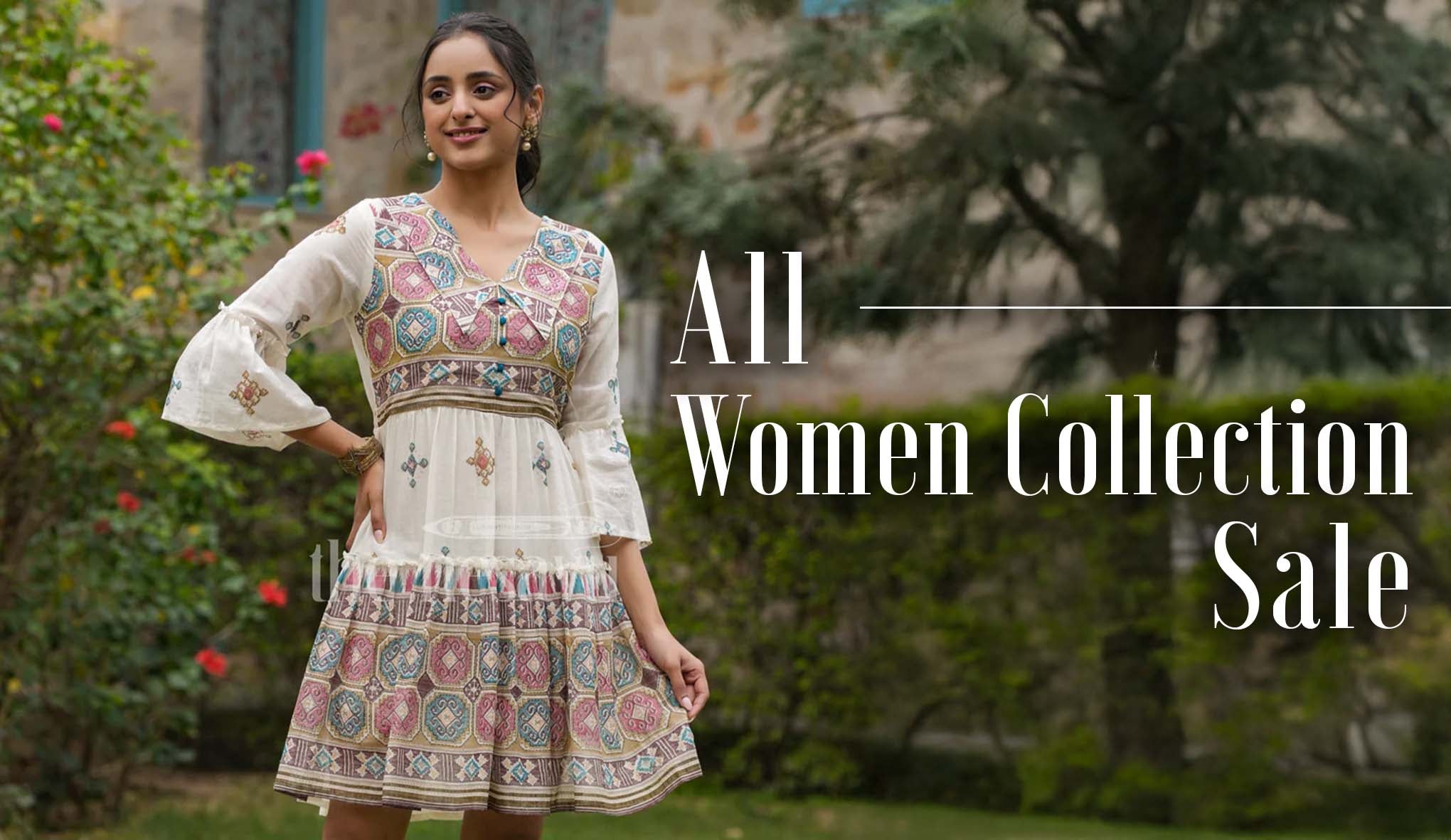


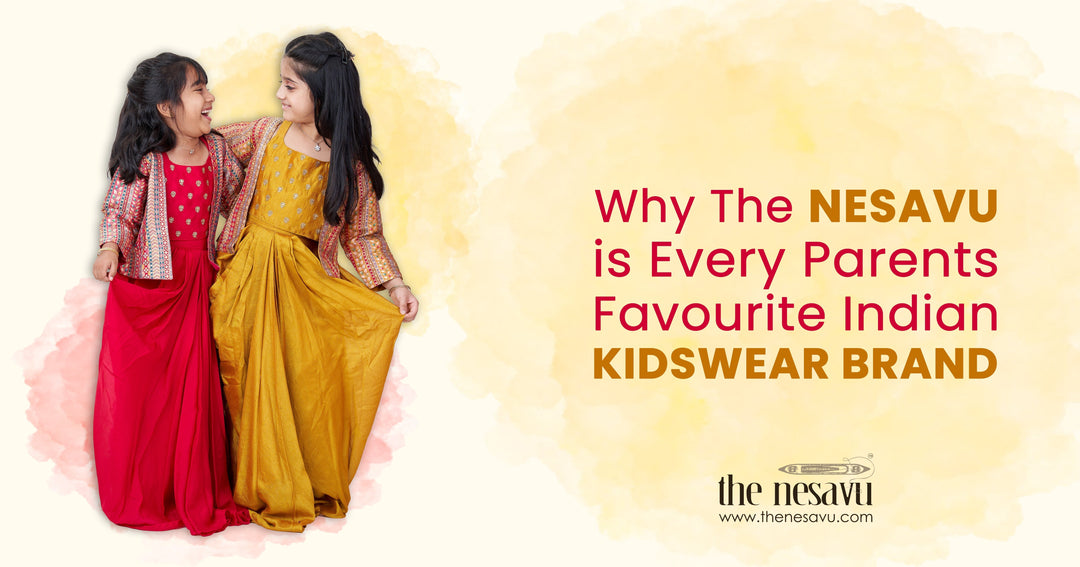


Leave a comment